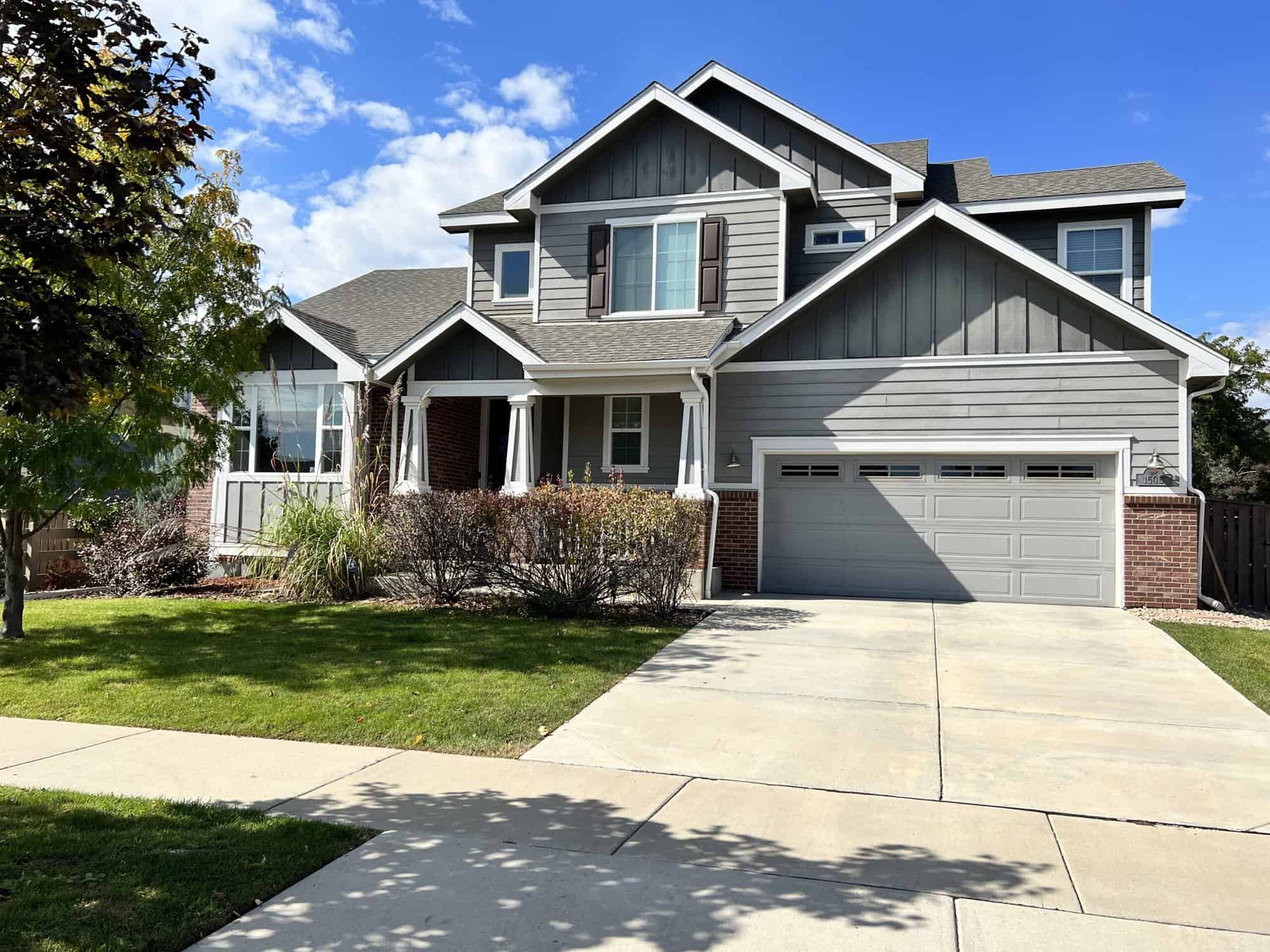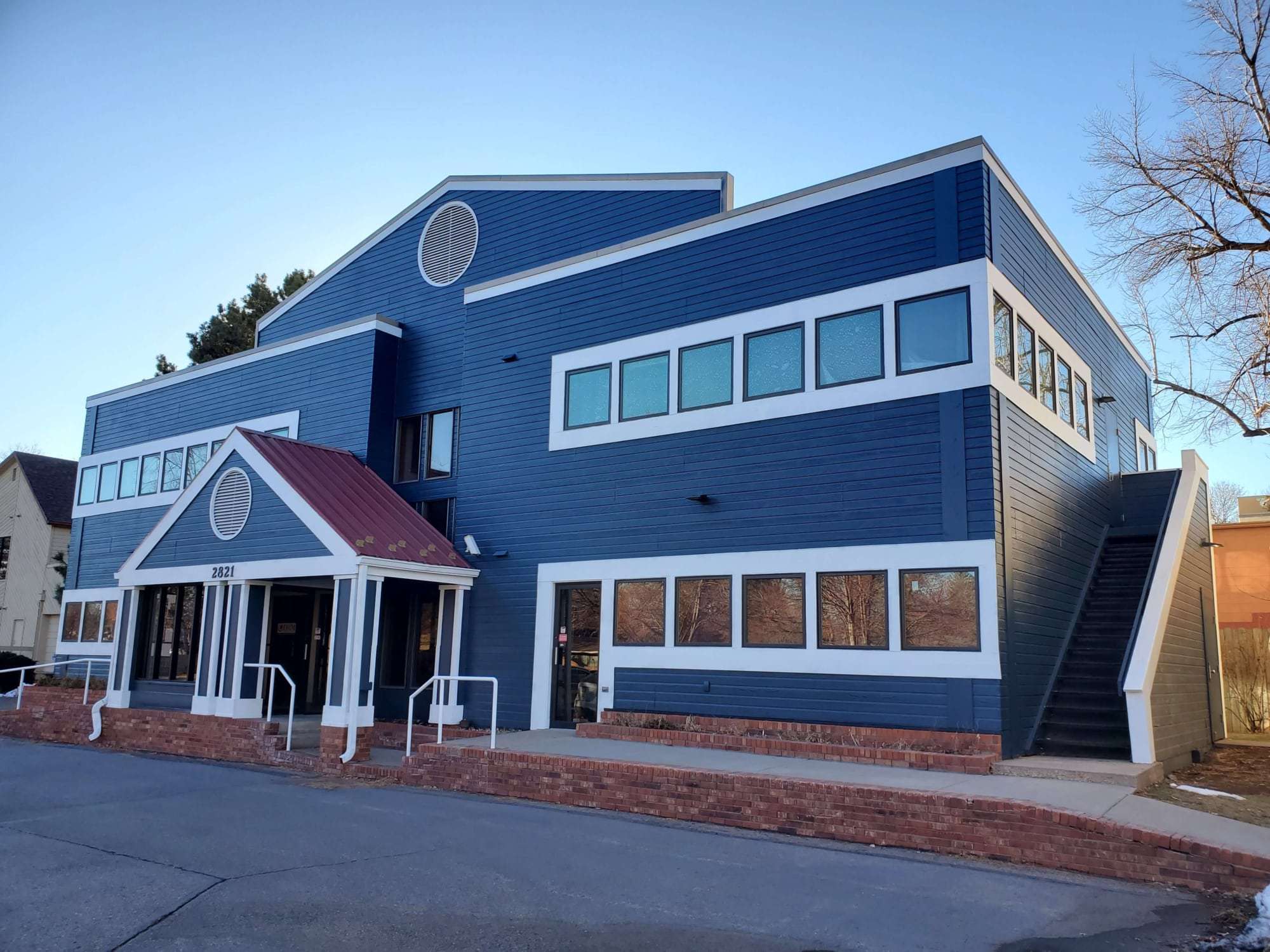How to paint textured walls is one of the most common challenges people run into when tackling interior house painting in Arvada, CO. Textured walls bring character, sure, but they also bring extra work. If you’ve ever tried rolling paint over knockdown or orange peel texture and ended up with streaks and missed spots, you’re not alone.
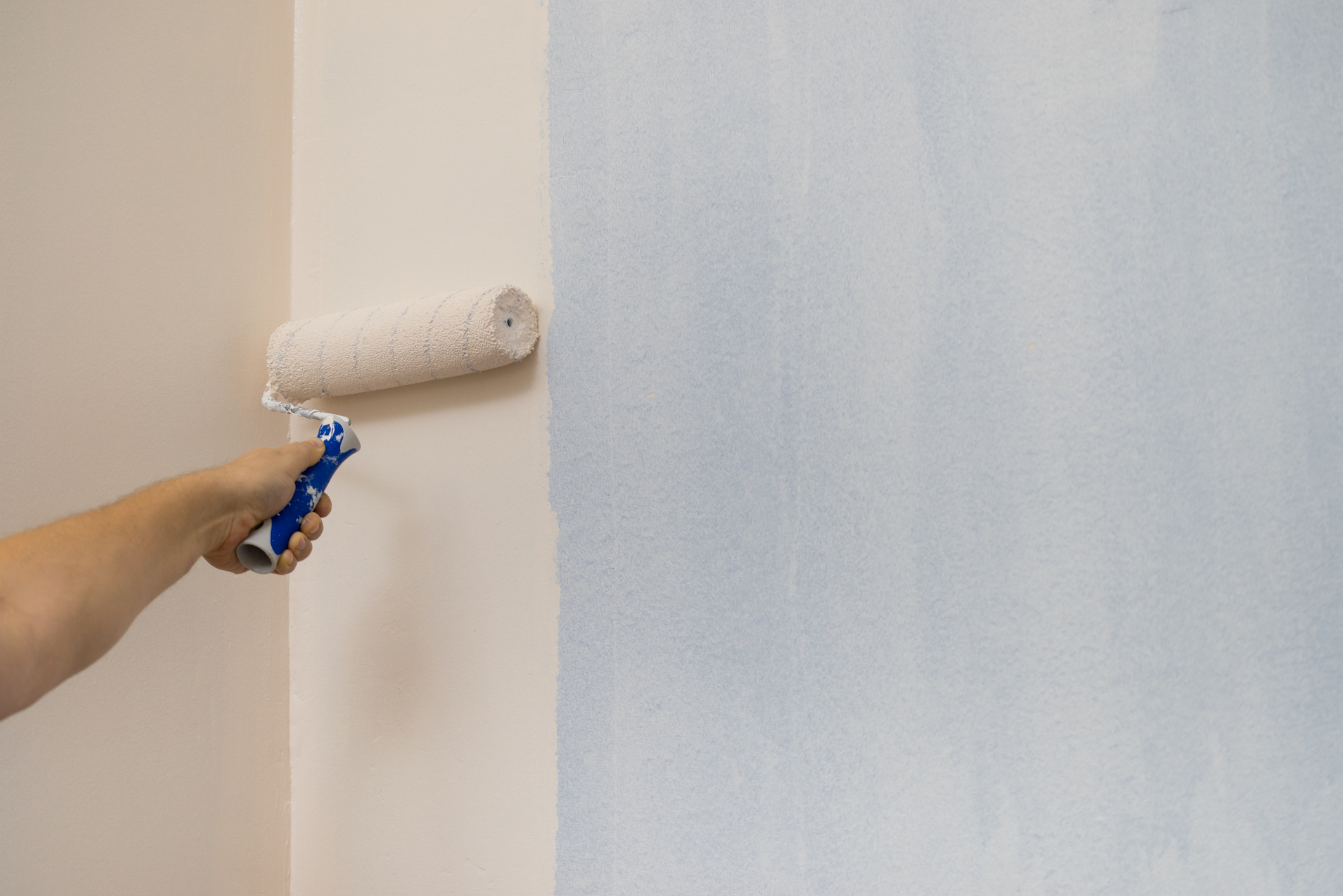
I remember working with a homeowner who had just moved into a house with heavy texture in almost every room. She’d started painting one accent wall on her own and quickly called it quits after the roller skipped over the grooves and the drips started running. We stepped in, showed her the right tools, and walked her through each step. That same wall went from patchy to polished in one afternoon.
Here’s how you can get similar results, without the mess or frustration.
Key Takeaways
Must-Have Supplies Before Painting Textured Walls
Walls with textured paint need a little more than a basic brush and roller. You need to select the right paint roller! A thicker roller nap is key. A 1/2 inch nap works for mild texture, but go up to 3/4 inch for more dramatic surfaces.
Here’s what I bring to every textured wall project:
Every professional house painter I know has their go-to setup ready before cracking the paint can. You should too.
How to Paint Textured Walls
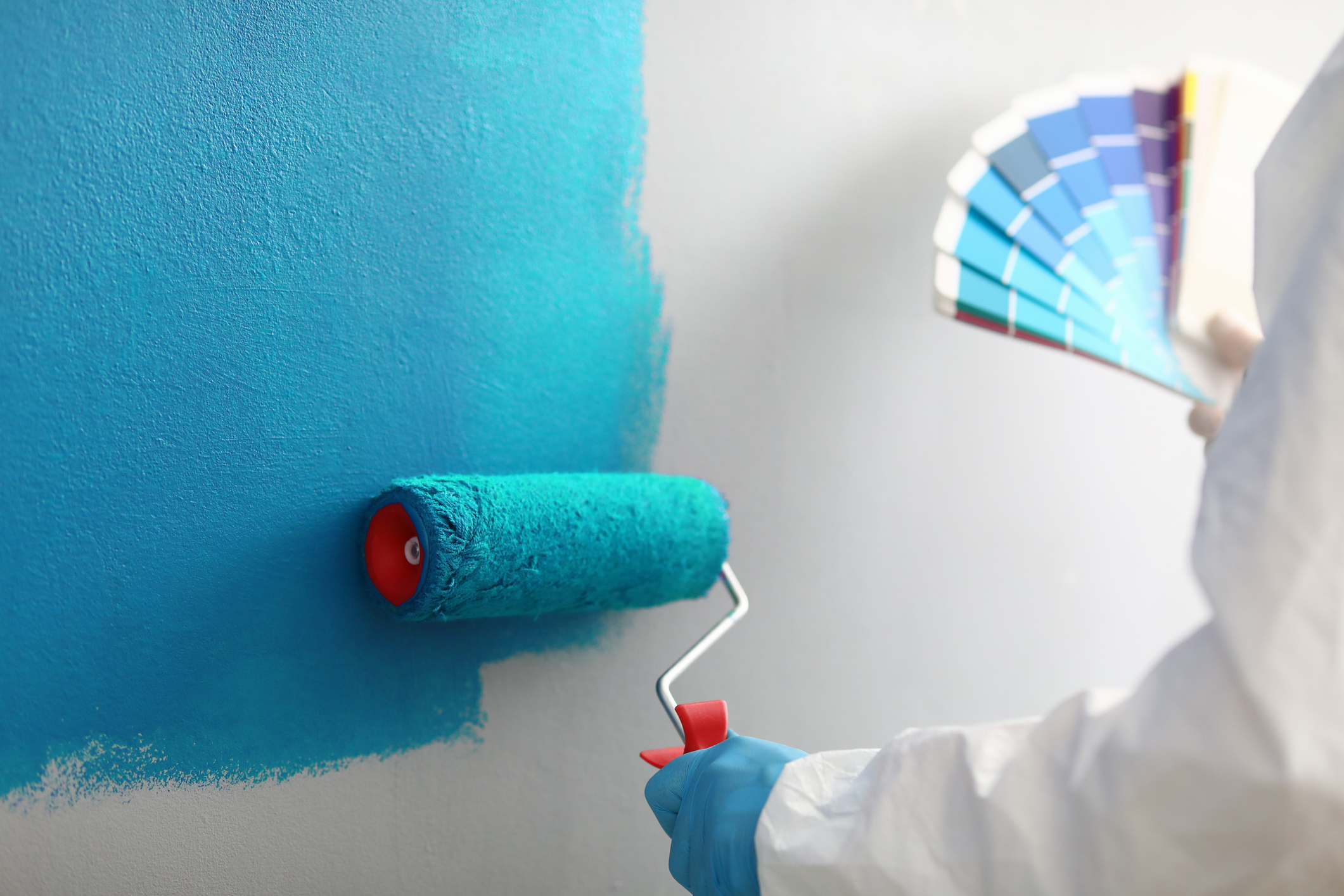
Pro Painter Tips to Make the Process Smoother
After years of working on walls with textured paint, I’ve learned a few things that make a big difference:
These tips make life easier, whether you’re doing one room or the whole house.
What to Expect When You Paint Textured Walls
Still asking yourself how do you paint textured walls without it turning into a disaster? The short answer is: go slow, prep right, and let your tools do their job.
If you’re doing interior house painting on your own and feel stuck halfway through, don’t be afraid to pause. Sometimes calling a professional house painter is the best move.
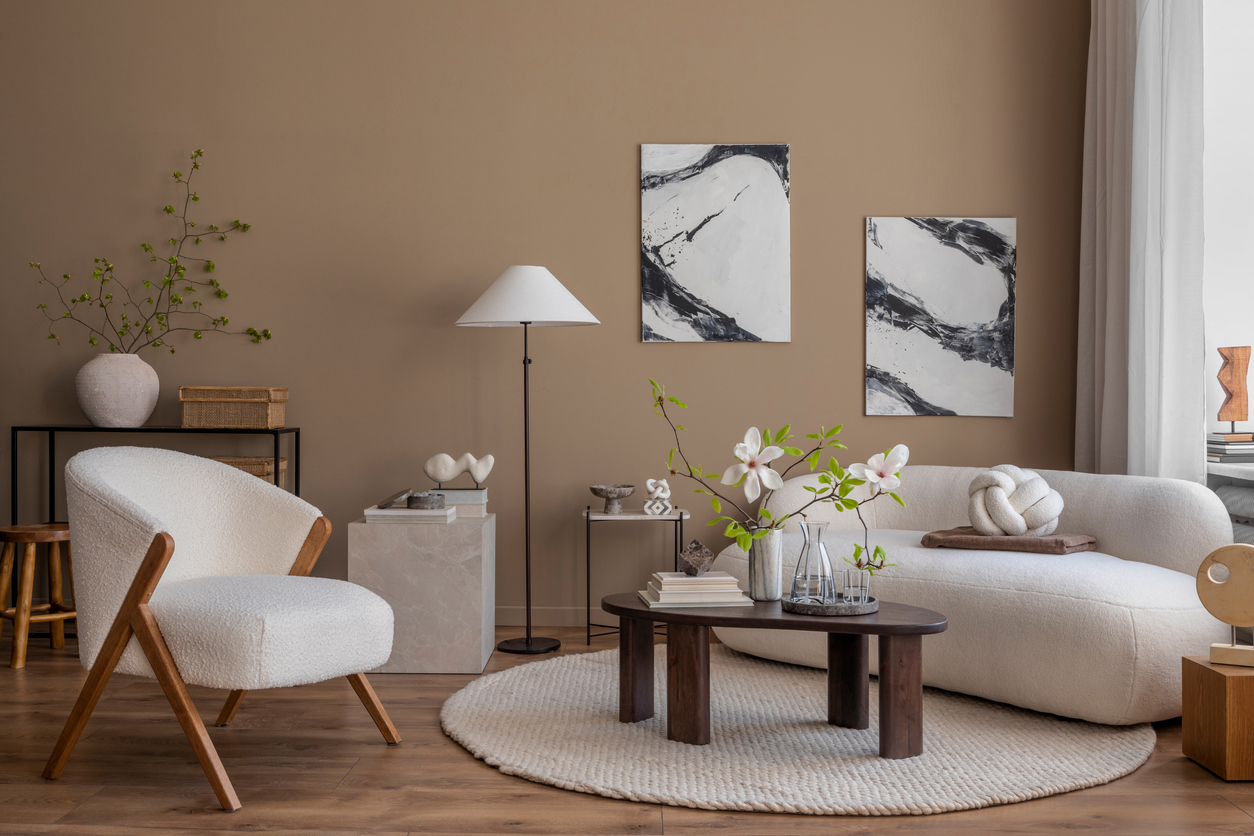
Let Foothills Painting Do the Heavy Lifting
If you’re planning interior house painting in Arvada, CO and want flawless results without the backache, Foothills Painting is here to help.
Our team has experience working with all kinds of surfaces, including tough textures. We show up on time, protect your home, and deliver results that hold up for years.
We serve homeowners in Arvada, Fort Collins, Broomfield and the surrounding Northern CO and Denver Metro Area, and we’re happy to walk you through your options.
The Best Time to Paint Is Now
(Before We’re Fully Booked)
Take advantage of PRIME SUMMER PRICING with 15% off all residential projects. Schedule your interior house painting while spots are still open.
Call us at 970-427-2866 for a FREE estimate and let’s get your walls looking better than ever.

